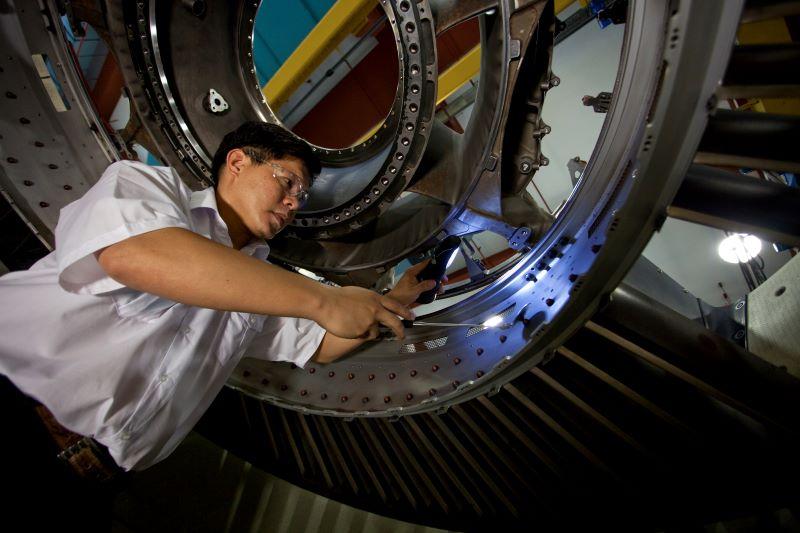
Credit: Pratt & Whitney
Engine maintenance activity continues to increase as airlines ramp up flying and return more aircraft to service in response to rising passenger demand, with both fourth-quarter (Q4) 2021 and early 2022 figures from some key stakeholders highlighting continued recovery. “Despite some of the hiccups...
Subscription Required
Engine Aftermarket Activity Ramp-Up Continues, Suppliers Say is published in Aviation Daily, an Aviation Week Intelligence Network (AWIN) Market Briefing and is included with your AWIN membership.
Already a member of AWIN or subscribe to Aviation Daily through your company? Login with your existing email and password
Not a member? Learn how to access the market intelligence and data you need to stay abreast of what's happening in the air transport community.

